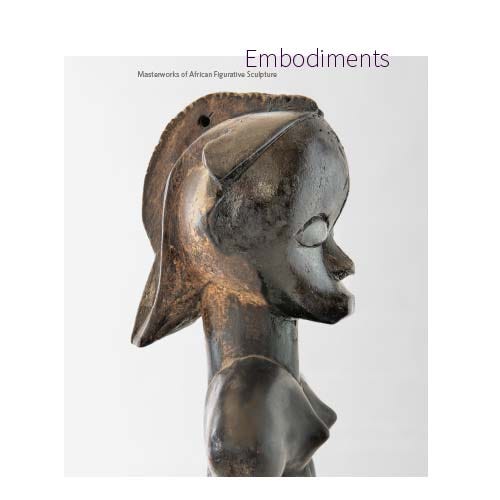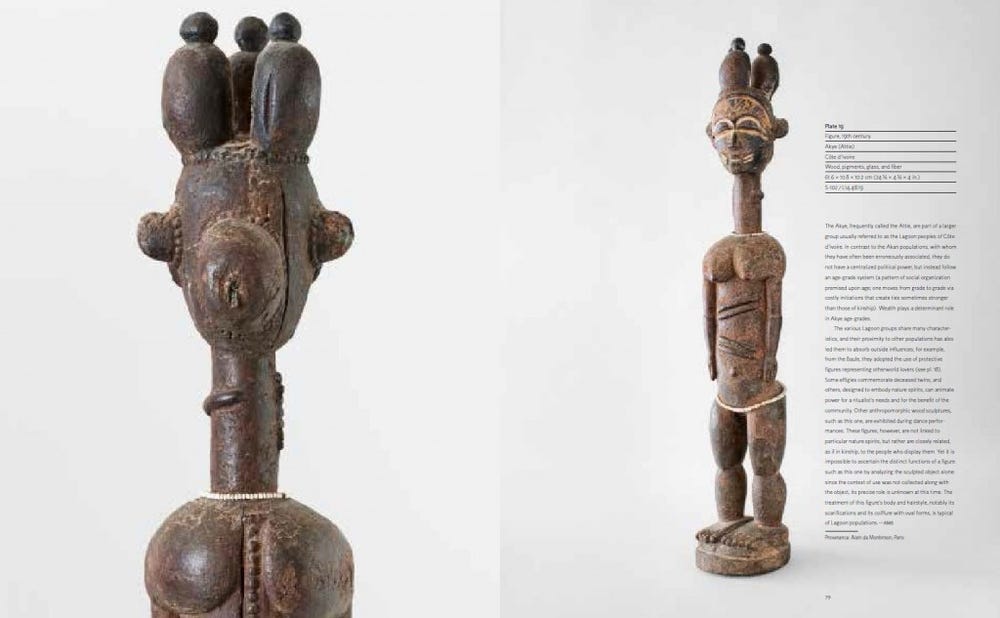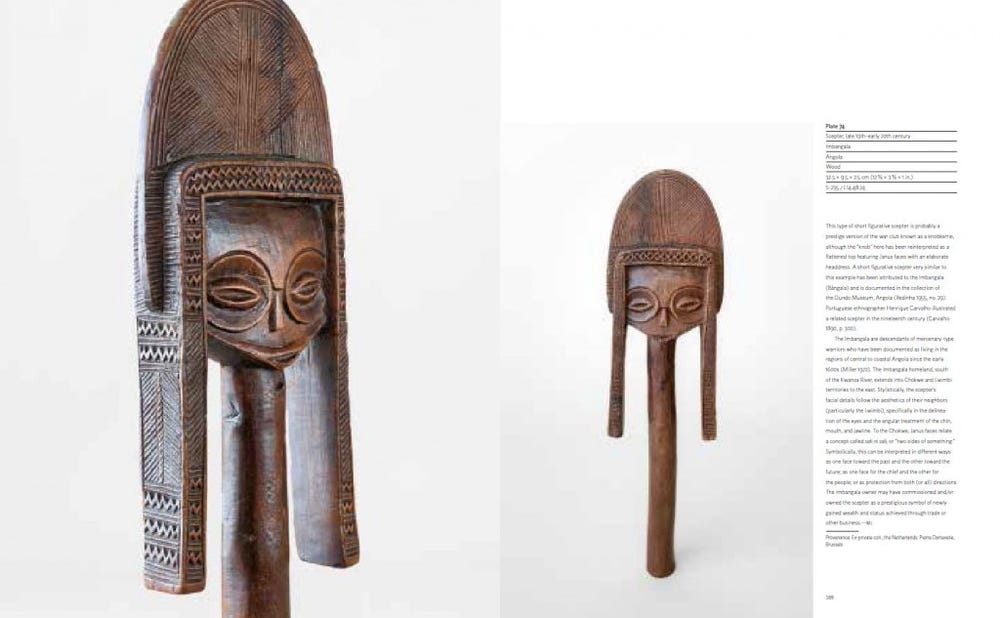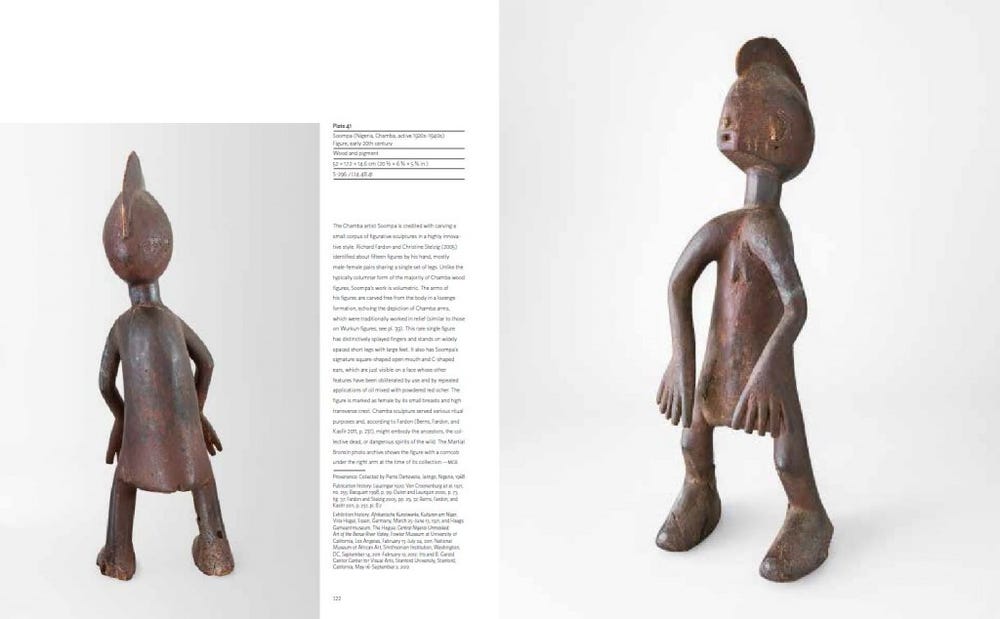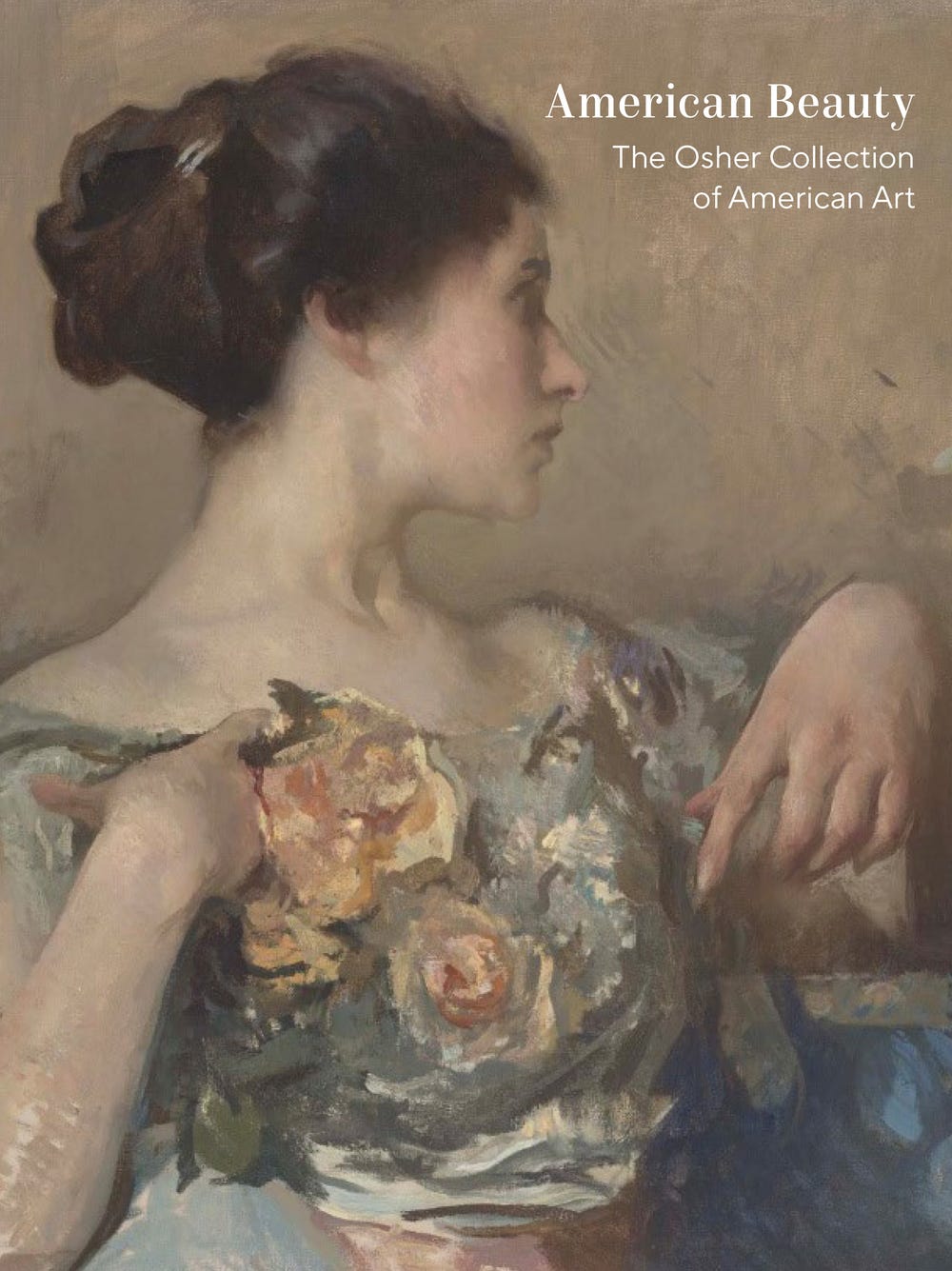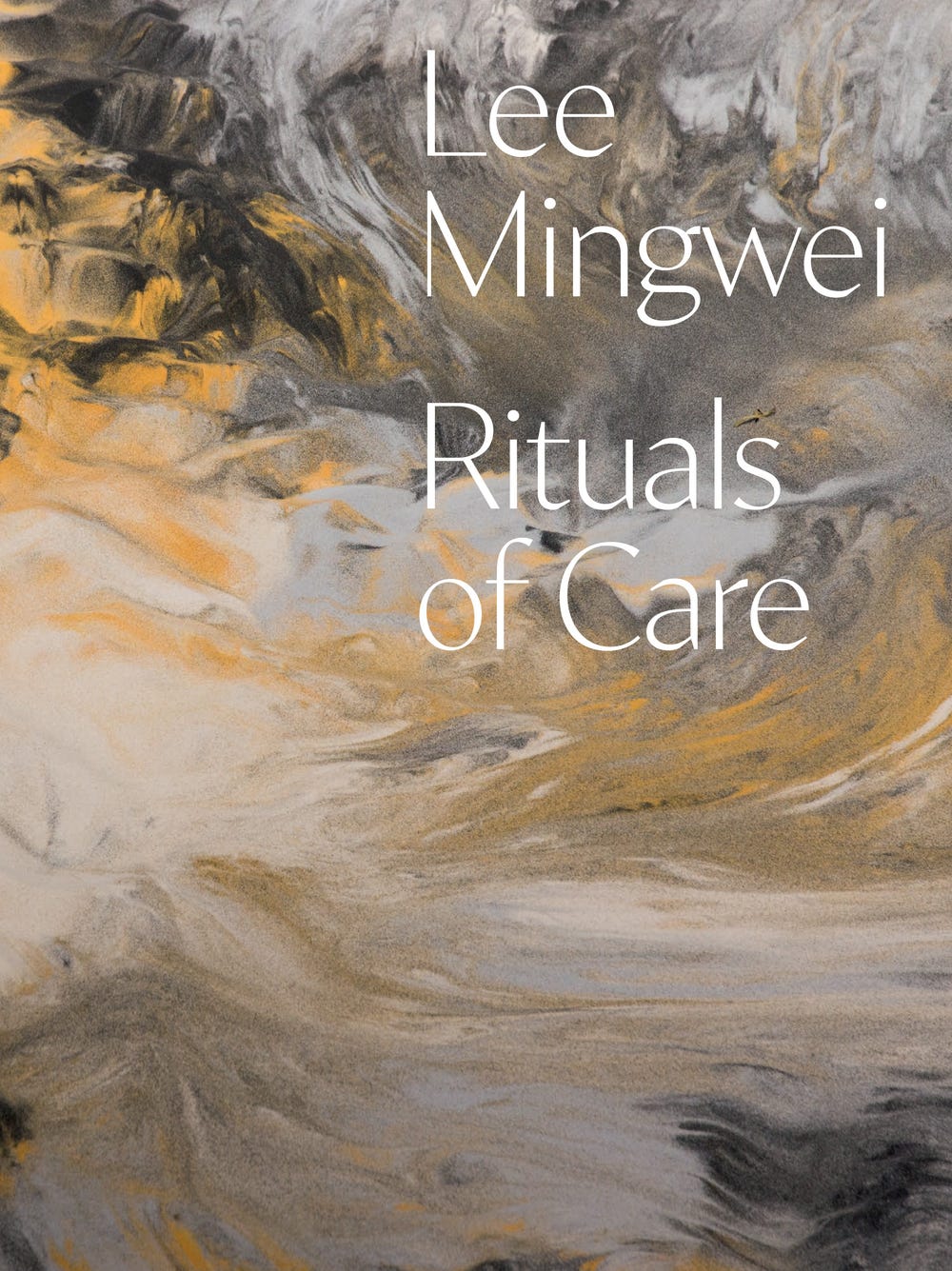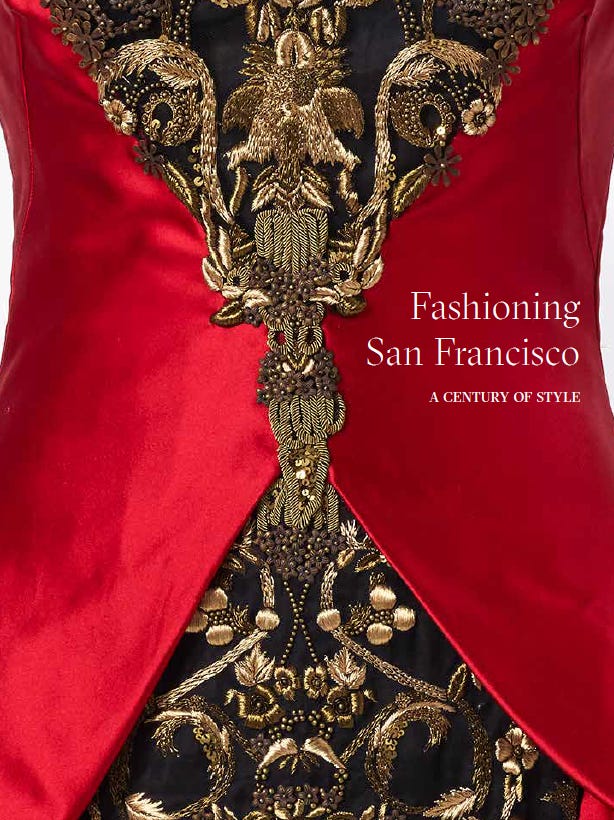Embodiments: Masterworks of African Figurative Sculpture
By Richard H. Scheller, Christina Hellmich, Manuel Jordán, Bernard de Grunne, Lesley Bone, Robert A. Kato, Pierre Amrouche, et al.
Highlighting the unique, wide-ranging Richard H. Scheller Collection of figurative sculptures drawn from across sub-Saharan Africa, this book not only examines each distinctive piece, but also explores the ways that these figures functioned as embodied objects: each work of art was intended by its original creator to express social values, perform spiritual and ceremonial functions, and protect and symbolize its community.
Published on the occasion of the Scheller Collection’s first public exhibition, at the de Young in San Francisco, this catalogue presents 122 sculptures—all stunningly photographed in natural light—from more than 100 ethnic groups, 20 countries, and several centuries. Collected over the past 30 years, these works of art span styles from naturalistic to abstract to wholly idiosyncratic, and they include figures considered iconic in the canon of African art as well as sculptures that challenge the boundaries of that very canon.
Texts by leading scholars on each sculpture enhance readers’ understanding of the histories and formal qualities of sub-Saharan figurative art in its myriad manifestations and contribute essential new scholarship to the field. Essays on major examples contextualize the collection within the broader corpus of the subcontinent’s sculptural aesthetics. Rounding out the catalogue are essays on the scientific testing of the collection and the multifaceted issues involved in photographing African works of art.
Authors
Richard H. Scheller is executive vice president of Genentech Research and Early Development. The Richard Scheller Collection of historic figural sculpture from sub-Saharan Africa is recognized as one of the premier collections of African art in the Western United States.
Christina Hellmich is curator in charge of Africa, Oceania, and the Americas and the Jolika Collection of New Guinea Art at the Fine Arts Museums of San Francisco.
Manuel Jordán, an expert in the arts of Angola and Zambia, is chief curator and director of collections for the Musical Instrument Museum in Phoenix, Arizona.
Bernard de Grunne, among the world’s preeminent dealers and curators of African art and the former head of Sotheby’s Tribal Art department, has comprehensive expertise in the art of eastern Congo, including the Hemba, Tabwa, and Lega, as well as in works from Nigeria, such as the Mumuyam and Nok, and the Sonine and Dogon art of Mali.
Lesley Bone is head objects conservator at the Fine Arts Museums of San Francisco.
Robert A. Kato is an award-winning San Francisco–based still life photographer who photographed the Scheller Collection in natural light to show the works in their finest possible detail.
Pierre Amrouche, based in Togo, is a specialist in Christie’s African and Oceanic department and an independent researcher in African art and has written numerous catalogues and collections of articles on the topic.
Niangi Batuluski received her PhD in archaeology and art history from the Université catholique de Louvain-la-Neuve, Belgium, and has been a visiting scholar at DuSable Museum of African-American History and assistant curator of African art at the Dayton Art Institute.
Marla Berns, director of the Fowler Museum and adjunct professor of art history at the University of California, Los Angeles, concentrates her research, writing, and curating on women’s arts in northeastern Nigeria (including ceramics, decorated gourds, and body scarification) and on the historical and ritual importance of figurative ceramic vessels.
David Binkley, past chief curator and senior curator for research and interpretation at the National Museum of African Art and curator of the arts of Africa, Oceania, and the Americas at the Nelson-Atkins Museum of Art, is an independent scholar whose research has focused on Kuba masking traditions and initiation rituals. He is the coauthor of Kuba: Visions of Africa.
Arthur Bourgeois, professor emeritus at Governors State University, has published widely on Yaka and Suku art and their place in ritual and narrative.
Anne-Marie Bouttiaux, chief curator and head of the ethnography division at the Royal Museum for Central Africa, has conducted research in Côte d’Ivoire, Guinea-Bissau, Mauritania, Niger, and Senegal. She organized the exhibitions Persona: Masks of Africa: Identities Hidden and Revealed; GEO-Graphics: A Map of Art Practices in Africa, Past and Present; and Fetish Modernity, and wrote or coedited catalogues for each.
Rik Ceyssens, who has taught at the Institut supérieur pédagogique of the Université nationale du Zaïre in Kananga, conducts research in the administrative zones of Tshikapa, Lwiza, and Mwene-Diitu.
Herbert Cole, emeritus professor of art history in the Department of the History of Art and Architecture at the University of California, Santa Barbara, researches African, African American, Native American, Oceanic, and Indonesian art and authored or coauthored Icons: Ideals and Power in the Art of Africa, Igbo Arts: Community and Cosmos, and The Arts of Ghana.
Henry Drewal, Evjue-Bascom Professor of Art History and Afro-American Studies and adjunct curator of African art at the Chazen Museum of Art at the University of Wisconsin–Madison, has served as curator of African art at the Neuberger Museum at the State University of New York, Purchase; the Cleveland Museum of Art; and the Toledo Museum of Art. He curated Yoruba: Nine Centuries of African Art and Thought and Beads, Body, and Soul: Art and Light in the Yoruba Universe, and coauthored or edited Dynasty and Divinity: Ife Art in Ancient Nigeria and Sacred Waters: Arts for Mami Wata and Other Water Divinities in Africa and the Diaspora.
Jan-Lodewijk Grootaers, curator of African art and head of the Arts of Africa and the Americas department at the Minneapolis Institute of Arts, focuses on the traditional art of Central Africa and Islamic art in East, North, and West Africa. He has curated Faith in Motion; Mystery Mask; The Social Fabric: 1,500 Years of African Textiles; and iAfrica: Connecting with Sub-Saharan Art.
Frederick Lamp, Frances and Benjamin Benenson Foundation Curator of African Art at the Yale University Art Gallery and past curator at the Baltimore Museum of Art, has conducted field research in Sierra Leone and Guinea. His books include Accumulating Histories: African Art from the Charles B. Benenson Collection at the Yale University Art Gallery; See the Music, Hear the Dance: Rethinking Africa at the Baltimore Museum of Art; Art of the Baga: A Drama of Cultural Reinvention; and La Guinée et ses heritages culturels.
Hélène Leloup, author of Dogon Statuary, who curated the exhibition Dogon at the Musée de Quai Branly, is a gallerist, a Chevalier of Arts and Letters, a Chevalier of the Legion of Honour, and the honorary president of the international tribal arts fair Parcours des Mondes 2013.
Bárbaro Martínez-Ruiz is an assistant professor in the Department of Art and Art History at Stanford University with expertise in African and Caribbean artistic, visual, and religious practices, and he has curated exhibitions on contemporary and African art and presented his own multimedia work in solo and group exhibitions in New York and Alabama.
Louis Perrois is an ethnologist specializing in the traditional cultures and arts of equatorial Africa and the former director of the Museum of the Arts and Traditions of Gabon in Libreville. His publications include Arts du Gabon, Fang, Punu, and Kota.
Costa Petridis, curator of African art at the Cleveland Museum of Art and past consulting curator for the Frum Collection of African Art at the Art Gallery of Toronto, edited or authored Face of the Spirits: Masks from the Zaire Basin; Frans M. Olbrechts: In Search of Art in Africa; and South of the Sahara: Selected Works of African Art, and curated Art and Power in the Central African Savanna and The Art of Daily Life: Portable Objects from Southeast Africa. He also researches the arts of the Luluwa of the Democratic Republic of the Congo.
Nii Quarcoopome, co-chief curator at the Detroit Institute of Arts and curator of African art at the Nelson-Atkins Museum of Art in Kansas City, has curated Through African Eyes: The European in African Art, 1500–Present.
Allen F. Roberts, professor of world arts and cultures at the University of California, Los Angeles, is a sociocultural anthropologist who specializes in African humanities.
Mary (Polly) Roberts, consulting curator of African Art at the Los Angeles County Museum of Art, professor of world arts and cultures at the University of California, Los Angeles, and past senior curator at the Museum for African Art in New York and the Fowler Museum at UCLA, studies the philosophical underpinnings of African visual and performance-based arts and the translation of cultural experience into museum exhibitions. A Knight of the Order of Arts and Letters in France, she has written Secrecy: African Art That Conceals and Reveals; Exhibition-ism: Museums and African Art; and Memory: Luba Art and the Making of History. She curated Body Politics: The Female Image in Luba Art and the Sculpture of Alison Saar; A Saint in the City: Sufi Arts of Urban Senegal; Inscribing Meaning: Writing and Graphic Systems in African Art; and Continental Rifts: Contemporary Time-Based Works of Africa.
Christopher Roy is professor of art history and Elizabeth M. Stanley Faculty Fellow of African Art History at the University of Iowa and focuses his scholarship on the art of Burkina Faso and West Africa. His works include Art and Life in Africa: Selections from the Stanley Collection; Land of the Flying Masks: Art and Culture of Burkina Faso; Kilengi: African Art from the Bareiss Collection; and Art of the Upper Volta Rivers.
Dana Rush is assistant professor of African and African diaspora art history at the School of Art and Design at the University of Illinois, Champaign-Urbana, and is the author of Global Vodun: World Encounters with Coastal Bénin. Her research focuses on histories and memories of domestic slavery in Bénin and Togo, and she serves as consulting editor for African Arts and is on the advisory board of Material Religion: The Journal of Objects, Art, and Belief.
Barbara Thompson is a Tanzania-based scholar who has published widely on East African arts, including Black Womanhood: Images, Icons, and Ideologies of the African Body. She has served as curator of the African, Native American, and Oceanic collections at the Hood Museum of Art at Dartmouth College and the Cantor Arts Center at Stanford University.
